LISTEN ON: Apple Podcasts, Spotify, Amazon Music, YouTube, Google, or subscribe to the RSS.
In part 2 of our mini-series on the Liverpool & Manchester Railway, we’re going to hear how the L&MR clawed its way back from the rejection of their first bill and finally got approval.
Along the way I’ll discuss the squabbles of engineers who should have known better: George Stephenson, Charles Blacker Vignoles, George Rennie and John Rennie.
Show notes
- 1:32 Last episode’s trivia answer
- 2:08 Criticism of George Stephenson
- 5:07 The Rennies
- 6:55 Charles Blacker Vignoles
- 10:05 Bridgewater Canal Party Opposition Removed
- 12:45 New Prospectus
- 14:23 Back at Parliament
- 15:50 But Who Will be the Engineer?
- 17:51 George Stephenson Returns
- 19:47 Vignoles in an Uncomfortable Position
- 21:57 Edge Hill Tunnel
- 25:12 Vignoles’ Ability to Hold a Grudge
- 26:36 George’s men on the line
- 27:54 This episode’s trivia question
Research and Reading List
These are some of the books and websites I used for research for this episode. Many are free resources on the internet, some you can buy for yourself … if you do fancy any of them, then buying them through these links is a great way to support the show at no extra cost to you *.
The two James’s and the two Stephensons; or The earliest history of passenger transit on railways by E.M.S.P. – Ellen Paine, 1861 Paine was William James’ daughter. Something worth bearing in mind when you’re reading this biography!
An Account of the Liverpool and Manchester Railway – Henry Booth, 1830
Liverpool and Manchester Railway, 1830-1980 – Frank Ferneyhough, 1980
Liverpool and Manchester Railway : a mile by mile guide to the world’s first “modern” railway – David Singleton, 1975
After the Canal Duke: A Study of the Industrial Estates Administered by the Trustees of the 3rd Duke of Bridgewater in the Age of Railway Building, 1825-72 – F.C. Mather, 1970
Proceedings of the Committee of the House of Commons on the Liverpool and Manchester Railroad bill: Sessions, 1825 – the full 800 pages of minutes from the committee hearings
An Accurate Description of the Liverpool and Manchester Rail-way The Tunnels, the Bridges, and Other Works Throughout the Line – James Scott Walker, 1830
Images
This Episode’s Trivia Question
When was the first underground public railway opened?
10th January 1863. The 3.75 mile, dual gauge line ran under London, from the GWR’s Paddington station to a new station at Farringdon. On the first day it carried 38,000 passengers, pulled by broad gauge 2-4-0T locos supplied by GWR.
* We use affiliate links to help support the podcast. If you buy through these links then you pay exactly the same price, and we earn a (very!) small commission.


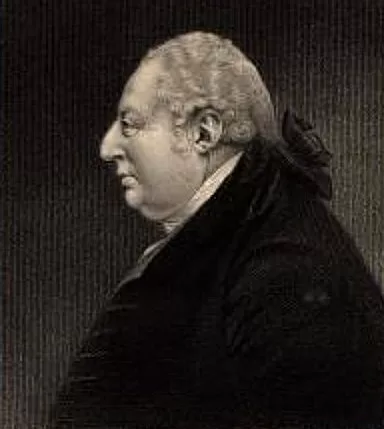
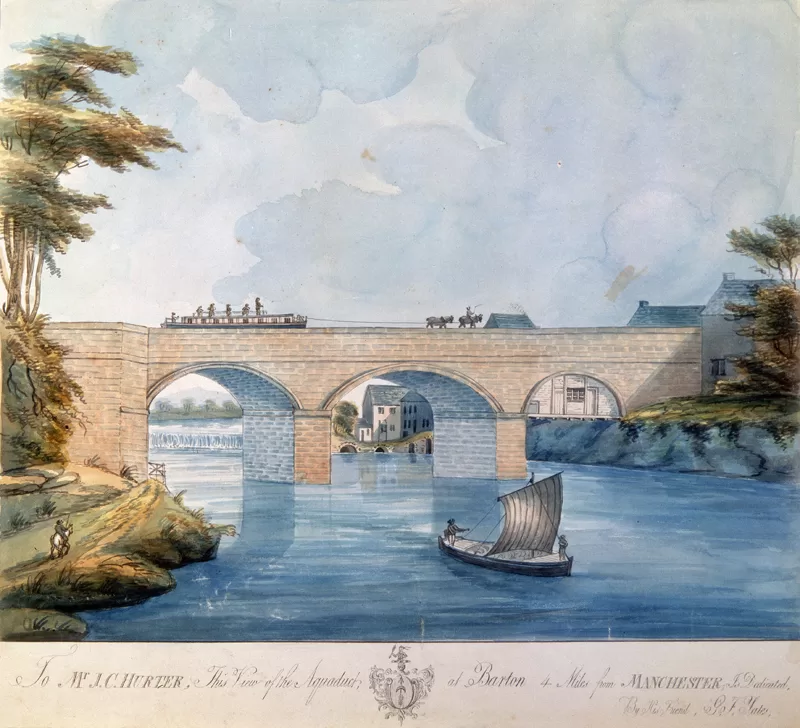
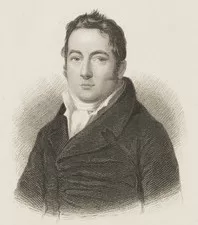
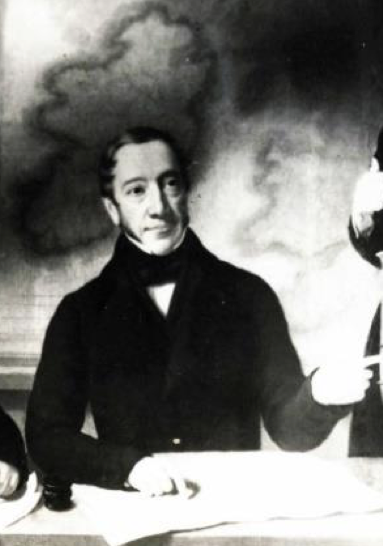
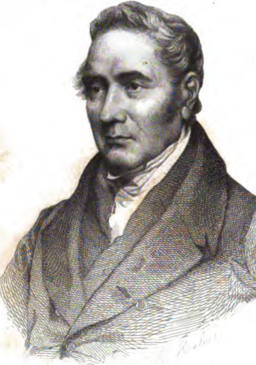
Leave a Reply